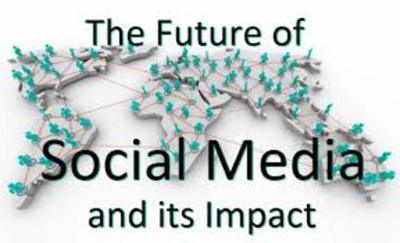We found 25 results that contain "social"
Posted on: #iteachmsu

ASSESSING LEARNING
What Is the Real Impact of Social Media?
Posted by:
Chathuri Super admin..

Posted on: #iteachmsu

People with ADHD affected inside and outside the classroom
Posted by:
Chathuri Hewapathirana
Posted on 1: #iteachmsu

People with ADHD affected inside and outside the classroom
Posted by:
Chathuri Hewapathirana
Posted on: #iteachmsu

Navigating Context
ADHD Students and Classroom Considerations
Posted by:
Chathuri Super admin..

Posted on: #iteachmsu

Navigating Context
ADHD Students and Classroom
Posted by:
Chathuri Super admin..

Posted on: #iteachmsu

Pedagogical Design
Fair trade
Posted by:
Chathuri Super admin..

Posted on: #iteachmsu

Health and Nutrition Tips
Posted by:
Chathuri Super admin..

Posted on 1: #iteachmsu

Health and Nutrition Tips
Posted by:
Chathuri Super admin..

Posted on: #iteachmsu

Assessing Learning
Social media: Social media is a computer-based technology
Posted by:
Rupali Jagtap

Posted on 1: #iteachmsu

Social media: Social media is a computer-based technology
ASSESSING LEARNING
Posted by:
Rupali Jagtap

Posted on: #iteachmsu

Assessing Learning
10 Types of Social Media and How Each Can Benefit Your Business
Posted by:
Rupali Jagtap

Posted on 1: #iteachmsu

10 Types of Social Media and How Each Can Benefit Your Business
ASSESSING LEARNING
Posted by:
Rupali Jagtap

